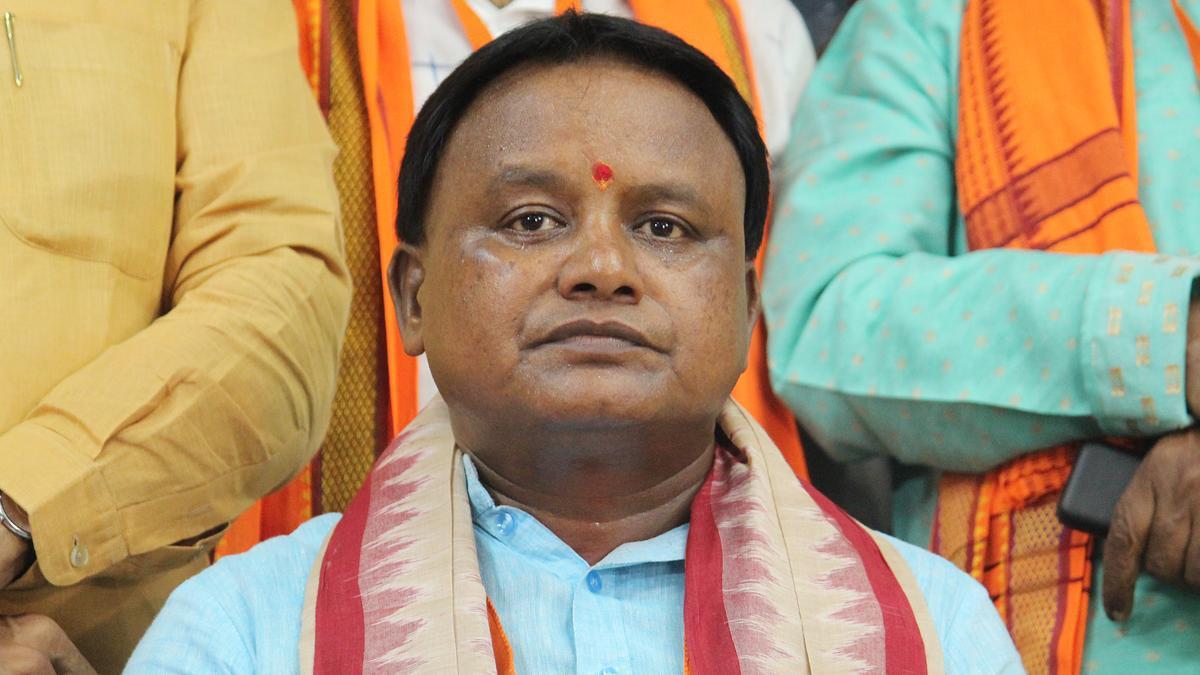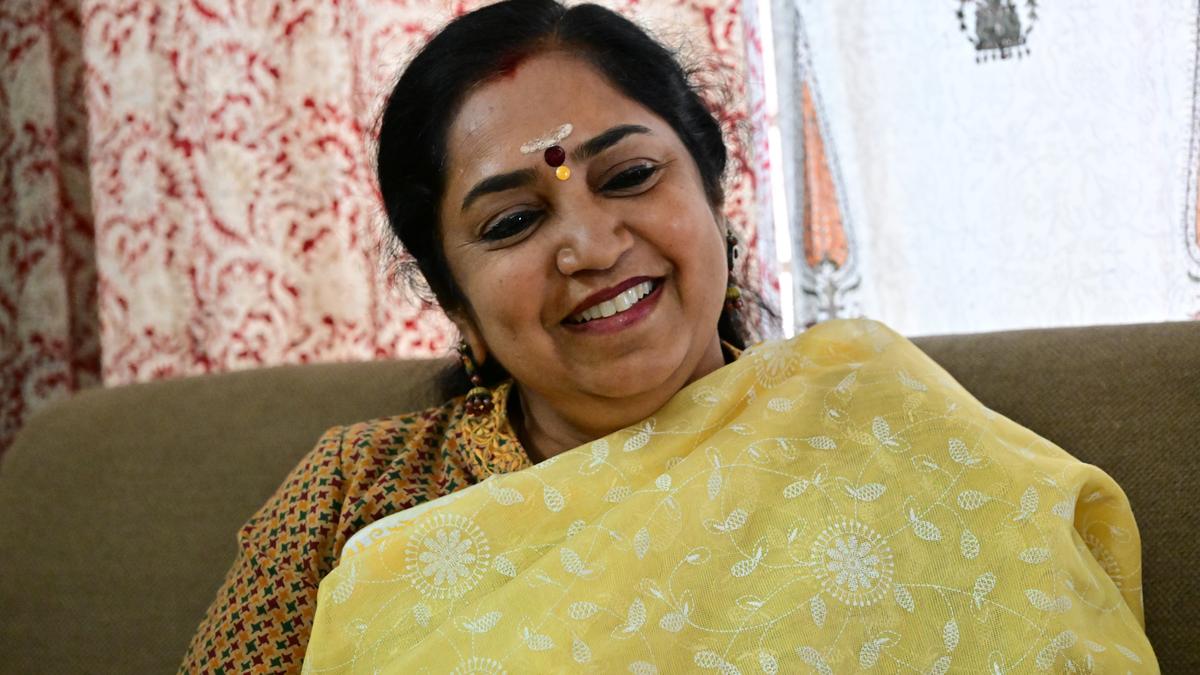ARTICLE AD BOX
Last Updated:August 14, 2025, 07:30 IST
This is not about ceding control, as policy decisions will stay firmly in government hands, said sources

While lateral entries have happened before and have been happening as a process at multiple levels of governance, the government now wants to make it a structured, ongoing talent pipeline, not an occasional experiment. (Representational image: YouTube/Narendra Modi)
The Narendra Modi government is quietly adding a new layer of precision to the machinery of governance, which is now seen as a bigger push for lateral entry. It is aimed at bringing top corporate leaders and domain experts straight into the heart of several government, semi-government, and autonomous organisations, News 18 has learnt.
The move is not new, but the government is now focusing more on getting corporate leaders to more prominent positions, which include chairperson or vice chairperson in government bodies like the Quality Control Commission, the Indian National Space Promotion and Authorisation Centre, and also some organisations linked to India’s AI mission, like Bhashini.
A senior officer, informed about the fresh developments, said, “The decision has been taken to infuse corporate discipline, sector expertise, and result-driven speed into ministries, semi-government bodies, and autonomous institutions." However, he added, “This is not about ceding control, as policy decisions will stay firmly in government hands. Depending on the sectors, one can expect that the execution muscle, project design, and operational strategy might increasingly come from people who have run billion-dollar companies, built global supply chains, or delivered complex projects ahead of schedule."
Another senior officer further explained that the move is aimed at combining the institutional strength of the civil service with the sharp, target-oriented mindset of corporate veterans.
While lateral entries have happened before and have been happening as a process at multiple levels of governance, the government now wants to make it a structured, ongoing talent pipeline, not an occasional experiment.
In the coming months, it is expected to see more private-sector names heading national technology missions, leading PSU turnarounds, or driving flagship programmes in infrastructure, health, renewable energy, and digital governance, revealed a source.
“The government has a simple logic. India’s development goals are racing ahead, and the government wants project delivery to keep pace. Public-private partnership (PPP) is no longer just about funding highways or ports. Instead, it is more about sharing brainpower, management tools, and accountability models," added the second senior officer.
If it works, this fusion of babus and boardroom bosses could create a governance model that is faster, sharper, and more agile without weakening the state’s control over policy.

Madhuparna Das, Associate Editor (policy) at CNN News 18, has been in journalism for nearly 14 years. She has extensively been covering politics, policy, crime and internal security issues. She has covered Naxa...Read More
Madhuparna Das, Associate Editor (policy) at CNN News 18, has been in journalism for nearly 14 years. She has extensively been covering politics, policy, crime and internal security issues. She has covered Naxa...
Read More
- Location :
- First Published:
August 14, 2025, 07:30 IST
News india Lateral Entry 2.0: Modi Govt Hires Corporate CEOs To Run Critical Projects For Strategic Makeover
Disclaimer: Comments reflect users’ views, not News18’s. Please keep discussions respectful and constructive. Abusive, defamatory, or illegal comments will be removed. News18 may disable any comment at its discretion. By posting, you agree to our Terms of Use and Privacy Policy.
Read More



.png)
.png)
.png)
















 1 day ago
5
1 day ago
5









 English (US) ·
English (US) ·